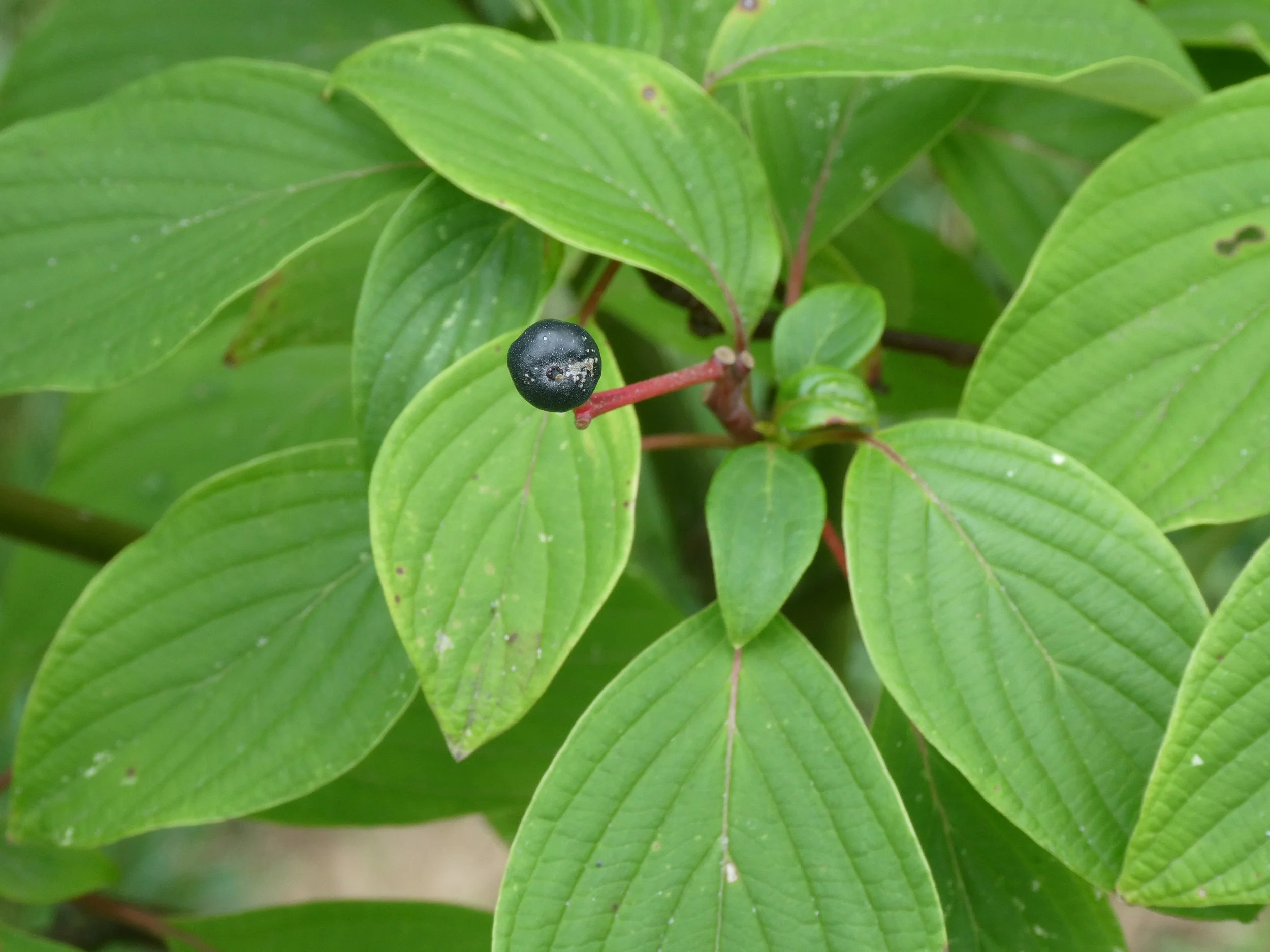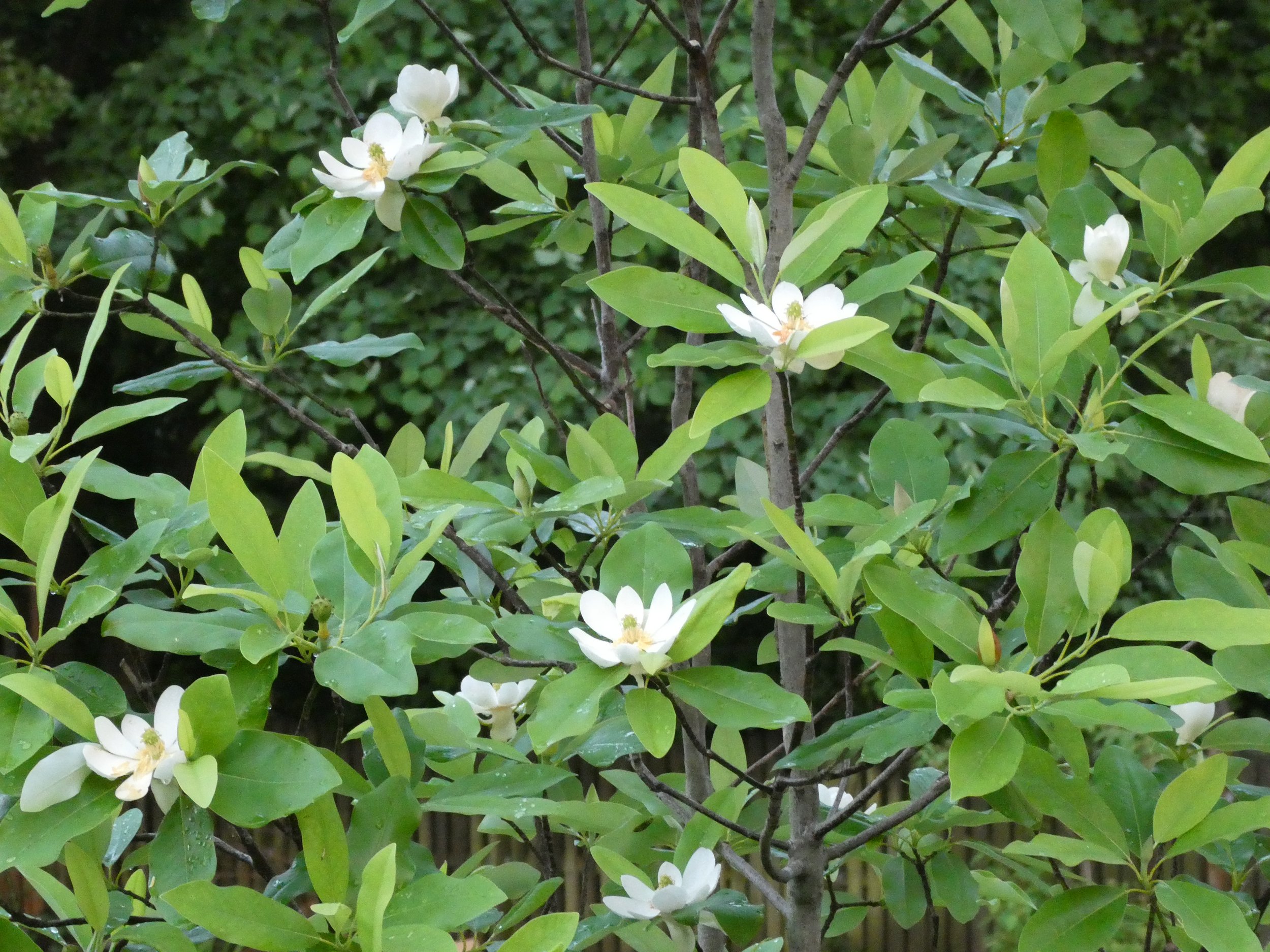Flowering Dogwood
(Cornus florida)
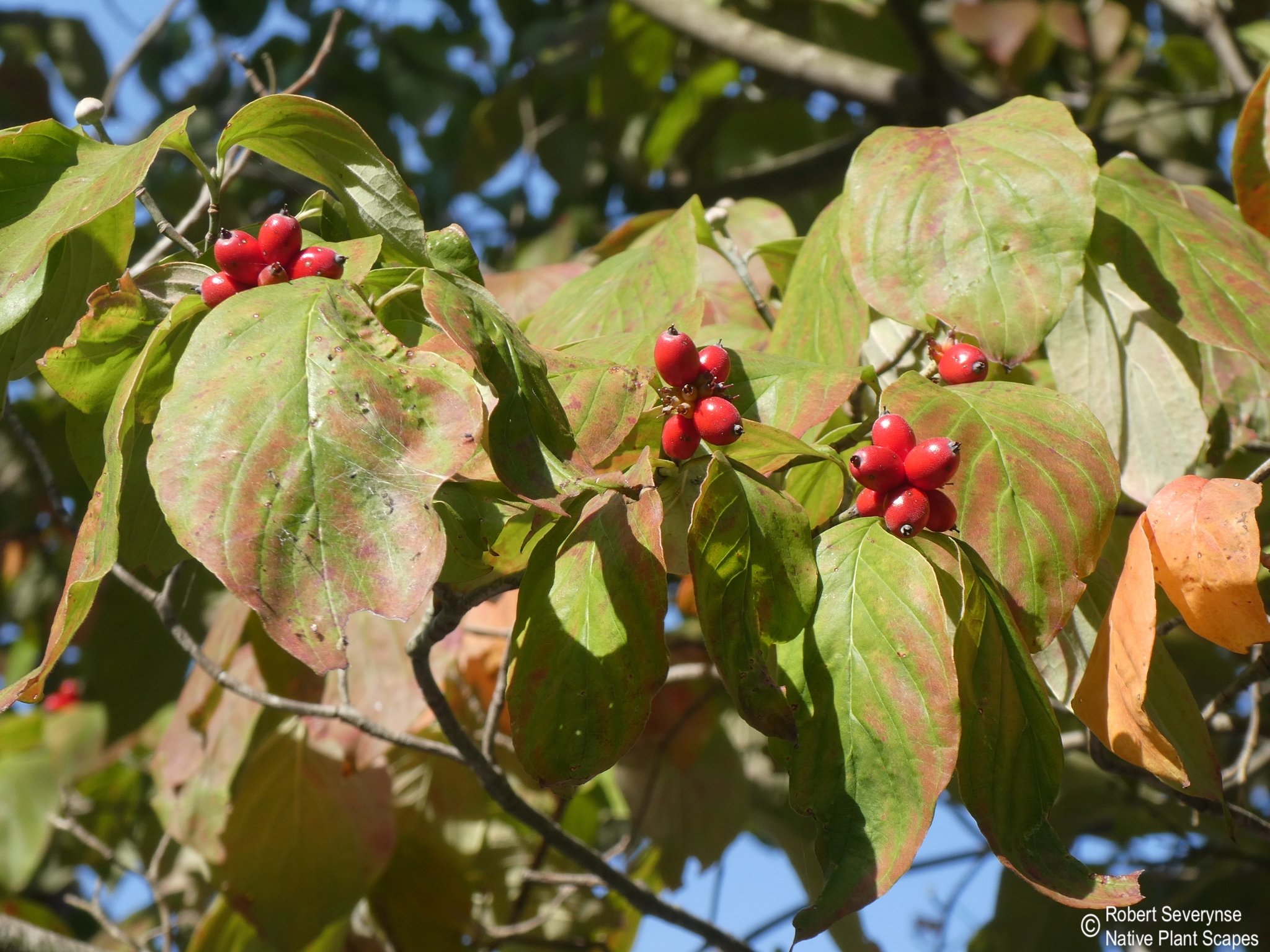
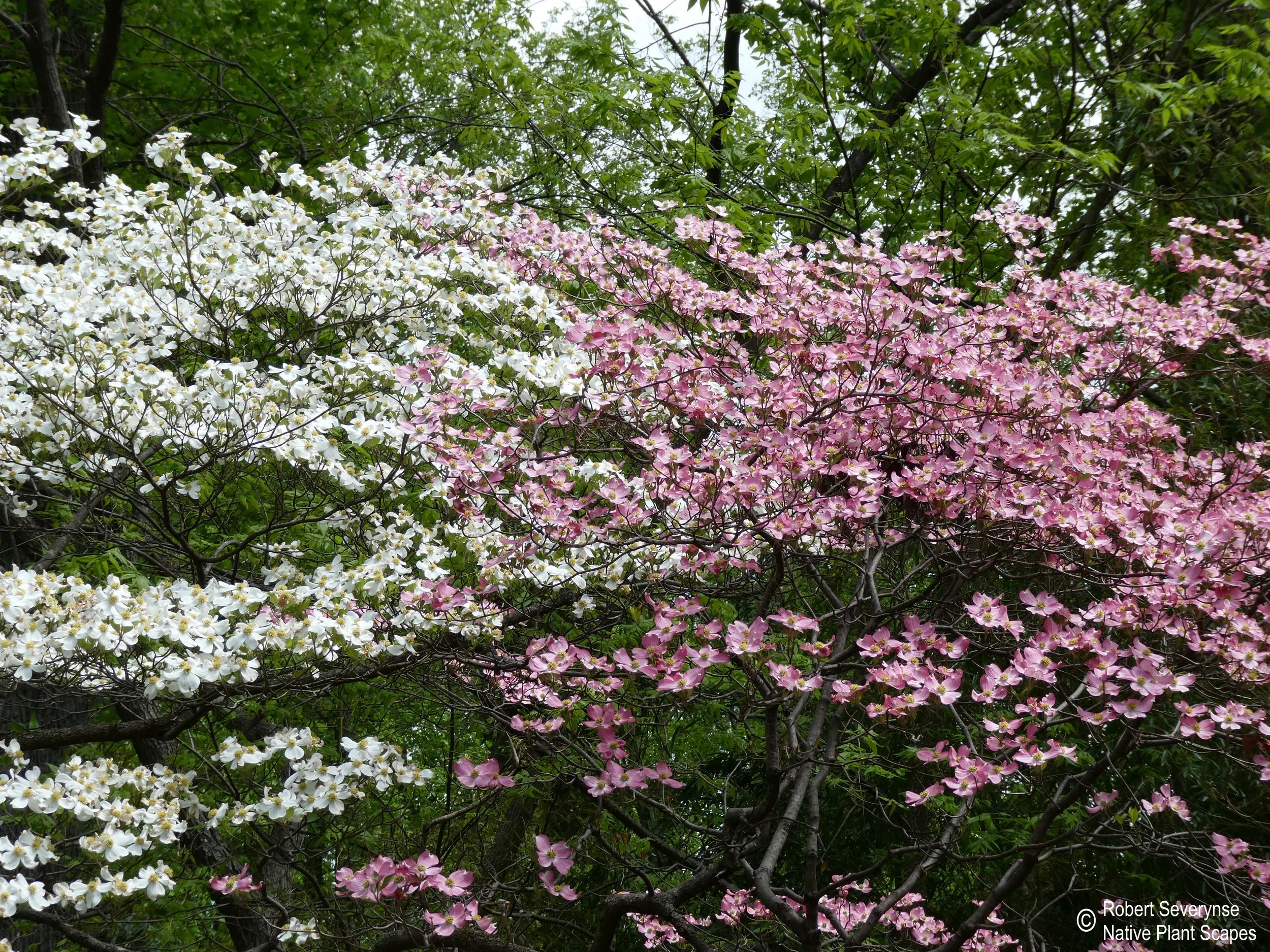
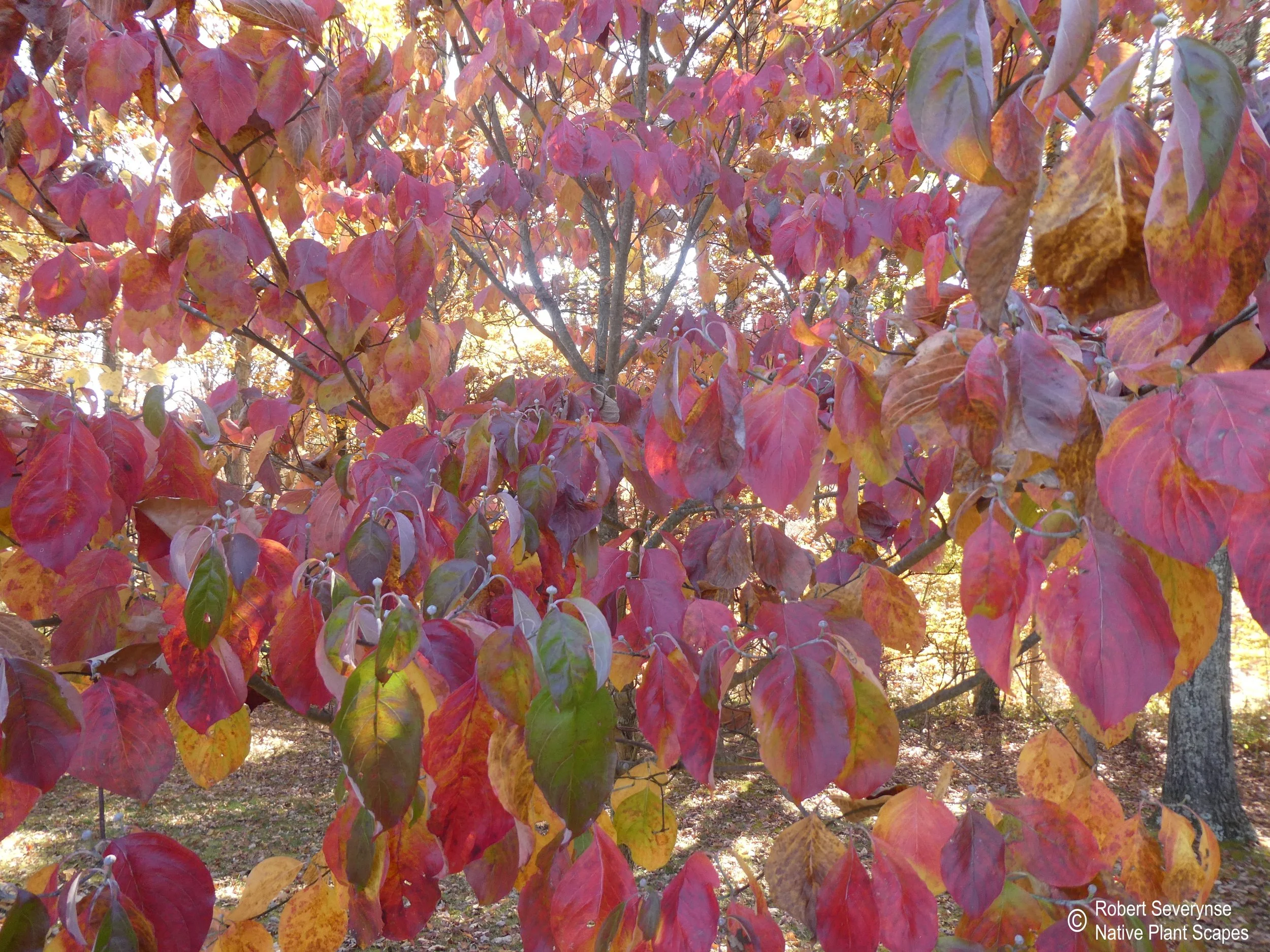
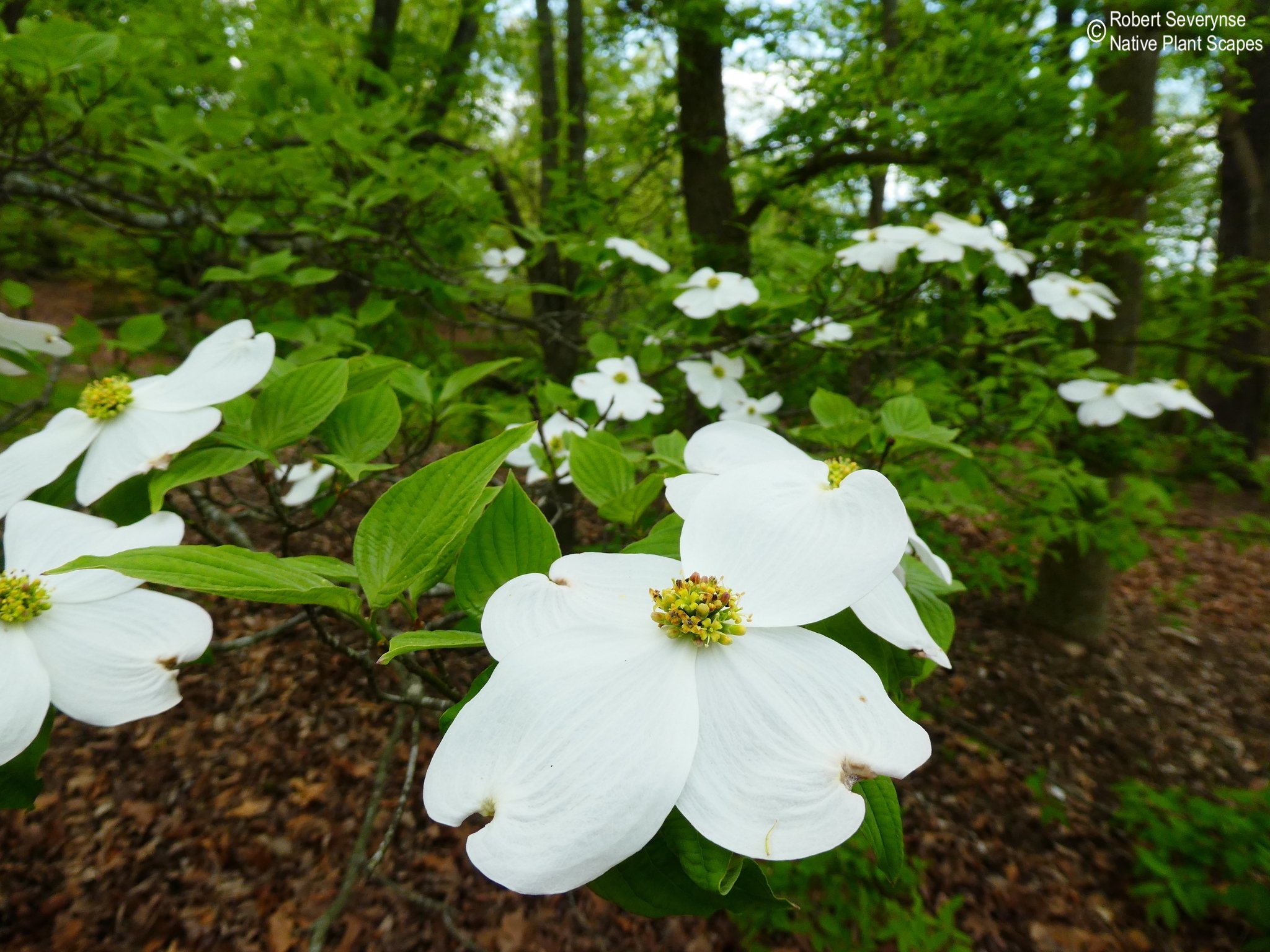
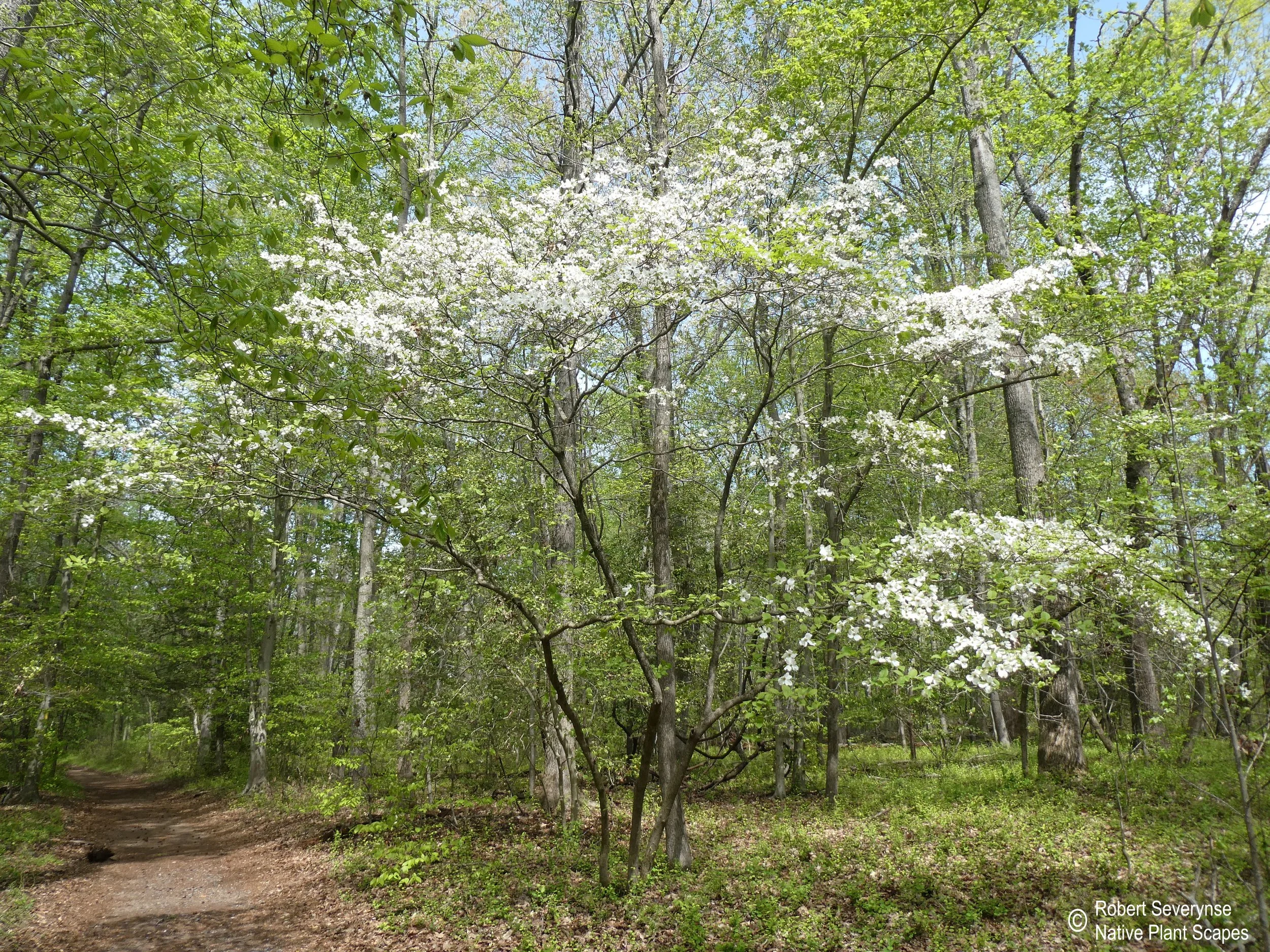
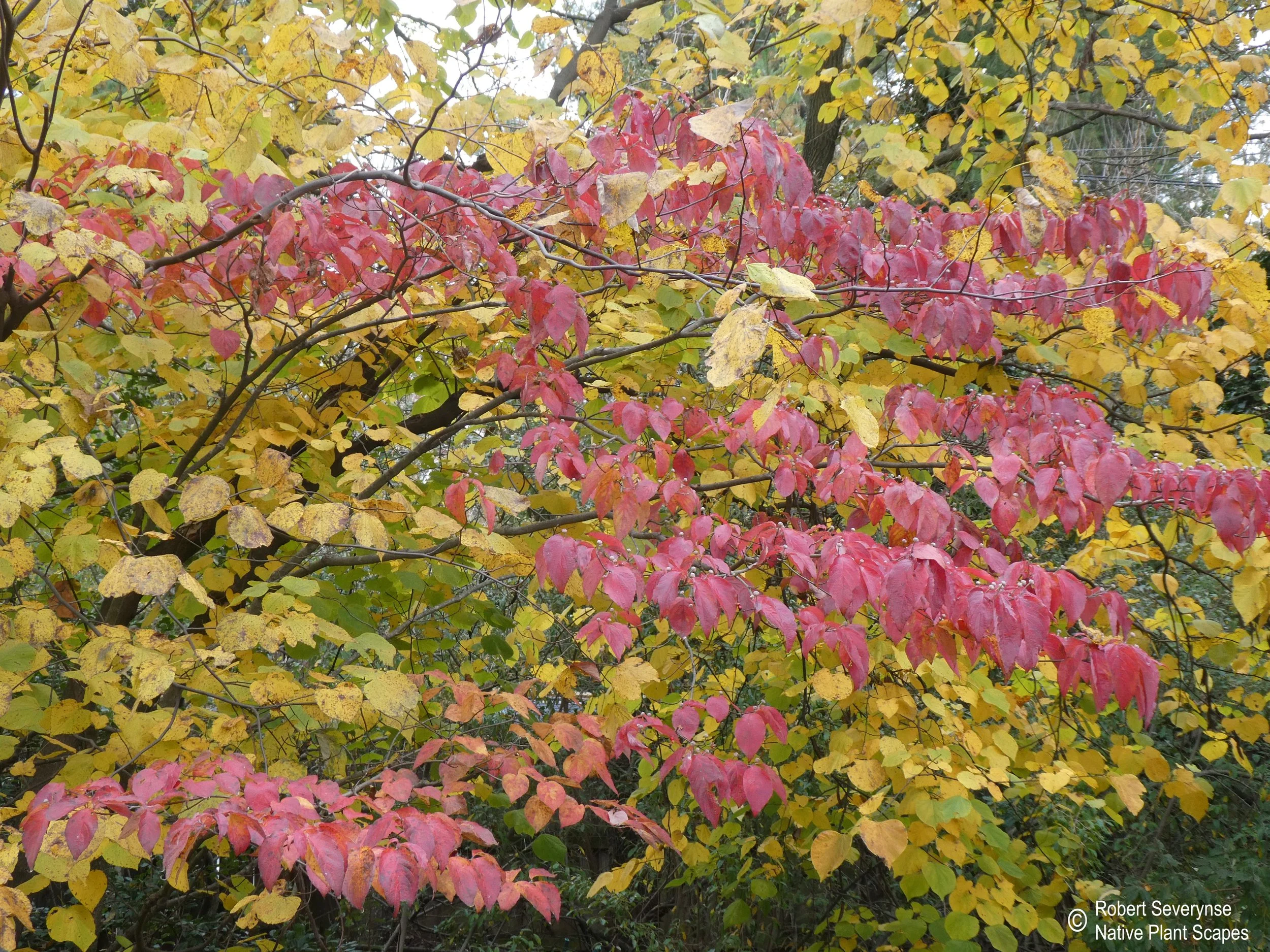
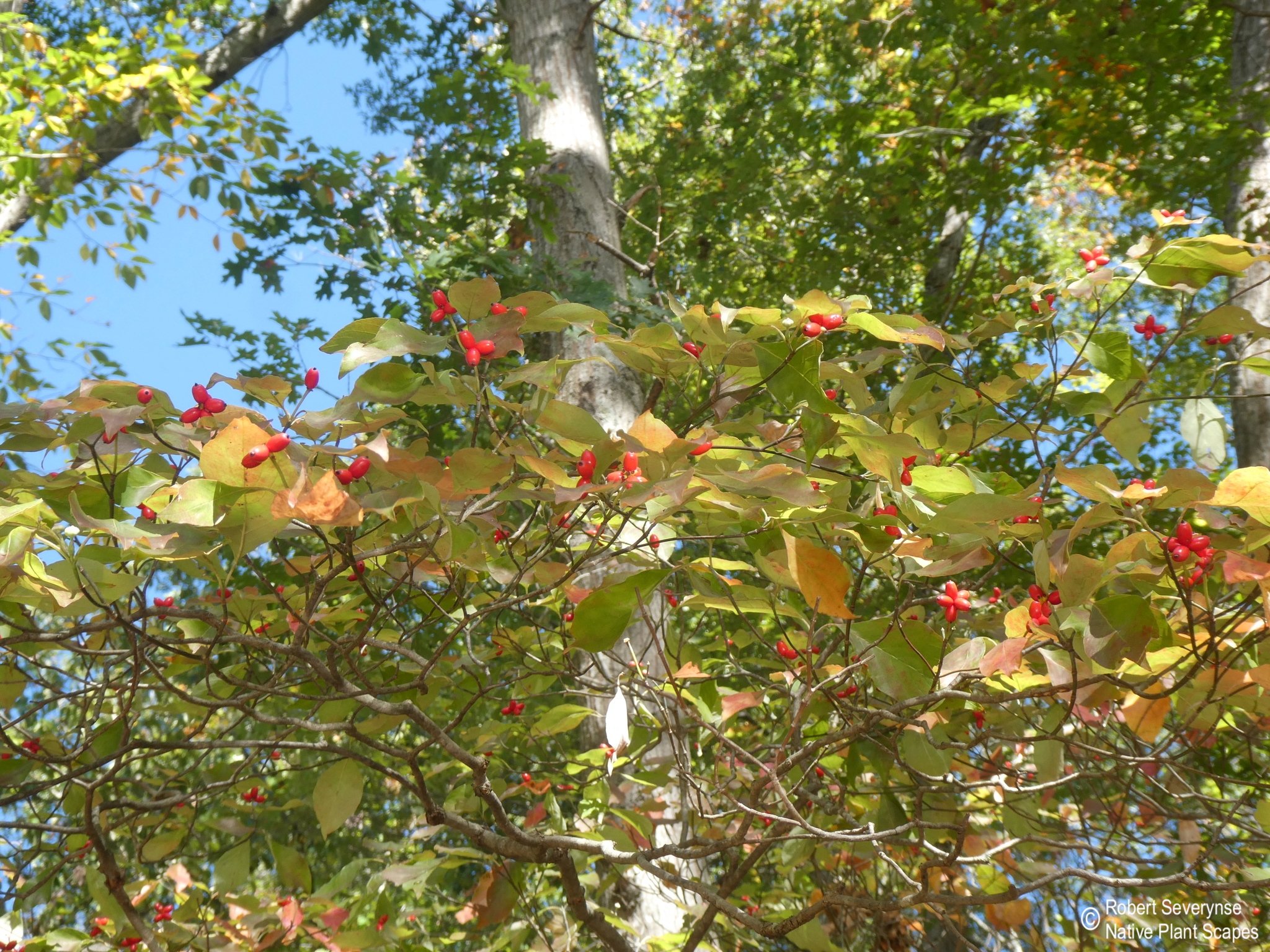
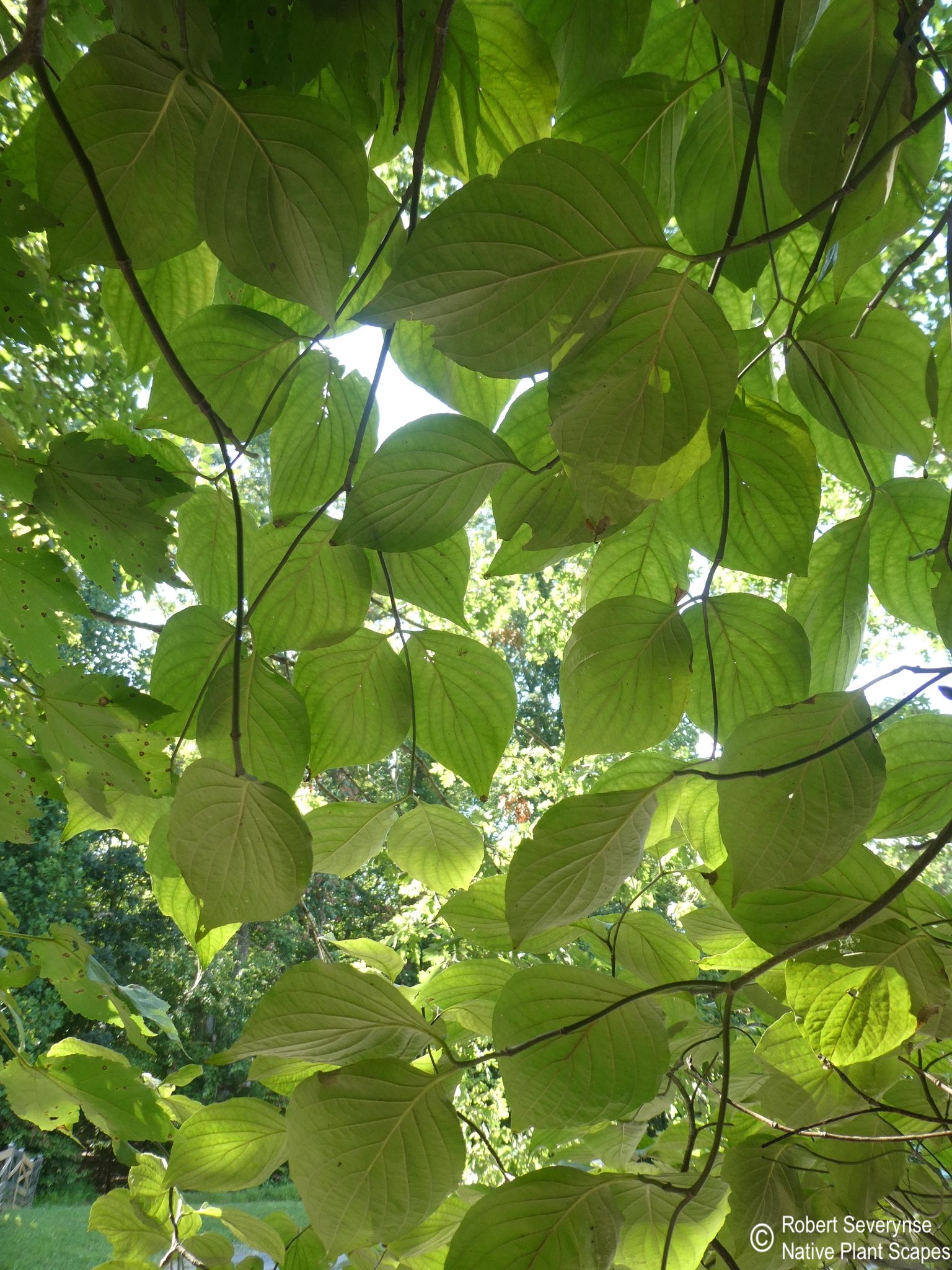
Other Information
Physical Characteristics
Type: Tree
Height: 20 - 30 ft
Spread: 20 - 30 ft
Flower Color: White, Pink
Flower Time: Spring (Apr - May)
Fruit Type: Drupe (Berry)
Fruit Color: Red
Autumn Color: Red, Burgundy, Purple
Sun Conditions: Full Sun / Part Shade
Shade Tolerance: Medium / High
Moisture Preference: Medium
Deer Resistance*: Medium
Dog Safe**: Yes
Conservation Status (MD): SNR - Unranked
Other Names: White Dogwood
*Deer resistance can vary based on many factors
**Always consult with a veterinarian about plants toxic to dogs and other animals
Wildlife Benefits:
Flowering Dogwood trees provide cover for wildlife and nest sites for birds. It is a pollen and nectar source for pollinators in mid spring. In addition, it is a larval host for many moths and the Spring Azure butterfly. The berries are eaten by a variety of wildlife including many song and game birds along with a wide variety of mammals.

